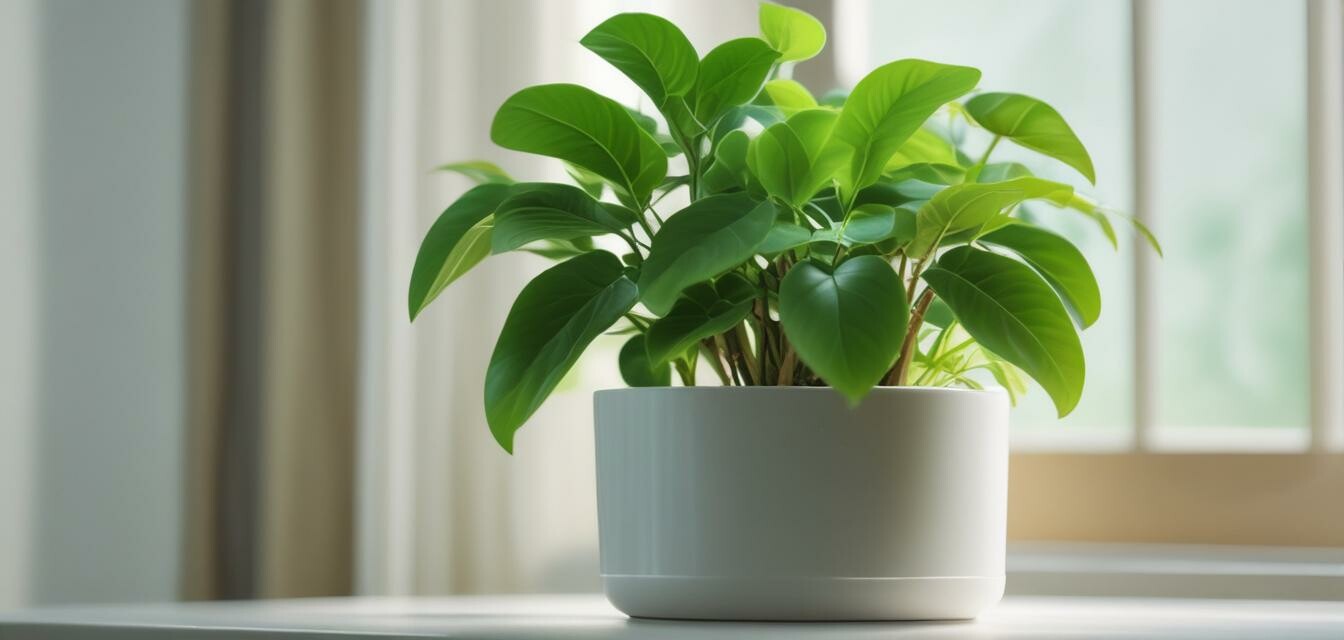
Signs of a Healthy Plant: What to Look For
Key Takeaways
- Healthy plants have vibrant, green leaves without spots or discoloration.
- Stems should be firm and upright, indicating good hydration and nutrition.
- Roots should appear white or tan and not be overly crowded.
- Leaves and growth patterns can indicate the overall health and happiness of your plants.
- Regular inspections can help catch early signs of distress, ensuring better care.
The joy of having houseplants can be enhanced by understanding how to recognize their health. Distinguishing a thriving plant from one in distress is crucial for proper care and maintenance. This article aims to educate you on the signs of a healthy plant and what to look for to ensure your indoor greenery flourishes.
1. Leaf Health
Leaves serve as the primary indicators of a plant's well-being. Here are the signs to look for:
- Color: Healthy plants display vibrant, green leaves. Look out for any yellowing or browning, which may indicate issues.
- Texture: Leaves should feel firm and supple, not dry or crispy.
- Spots or discoloration: Unusual spots could indicate pest infestations or diseases.
Table of Leaf Conditions
| Condition | Healthy Appearance | Signs of Distress |
|---|---|---|
| Color | Bright, even green | Yellowing or browning edges |
| Texture | Firm and plump | Dry or wilted |
| Spotting | No spots | Dark spots or leaf drop |
2. Stem and Growth Structure
The stems of a plant provide structural support, and their health indicates how well the plant is thriving.
- Firmness: Stems should feel sturdy and upright. Weak stems that bend may signal overwatering or nutrient deficiencies.
- Growth direction: Plants should grow toward light sources; sideward growth might suggest insufficient light.
3. Root Condition
Healthy roots are essential for nutrient uptake. Make sure to periodically check your plant's roots.
- Appearance: Healthy roots are generally white or tannish in color. Dark or mushy roots indicate rot.
- Spacing: Roots should not be overcrowded. Repot if they're growing out of the drainage holes.
Visual Signs of Root Health
| Root Condition | Healthy Roots | Signs of Distress |
|---|---|---|
| Color | White or tan | Black or mushy |
| Growth | Evenly spread | Overcrowded or leggy |
4. Watering Needs
Understanding your plant's watering needs is vital for its health. Here are some tips:
- Monitor soil moisture; allow the top inch to dry out before watering.
- Look for signs of underwatering, such as curling leaves or dry soil.
- Overwatering can cause root rot. Feel for moisture before assuming the need for another drink.
Pros
- Encourages healthier plants by recognizing signs of trouble early.
- Increases satisfaction with plant care and indoor aesthetics.
- Promotes engagement and learning about different plant species.
Cons
- Over-analyzing plants could lead to unnecessary stress for inexperienced plant owners.
- Need for periodic checks, which may seem time-consuming.
5. Regular Inspections for Plant Care
Conducting regular assessments is essential to ensure your plants remain healthy. Here’s how to keep track:
- Set a schedule to inspect all houseplants regularly.
- Look for changes in leaves, stems, and roots.
- Adjust care based on your observations like watering or light changes.
In conclusion, recognizing the signs of a healthy plant involves understanding what to look for in leaves, stems, and roots. Healthy plants not only look good but also contribute positively to your home environment. For more in-depth care tips, check out our detailed articles on plant care strategies, or explore specific categories like low-maintenance houseplants and air-purifying plants. Happy gardening!

